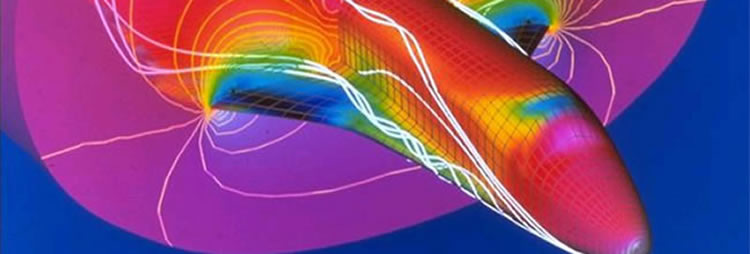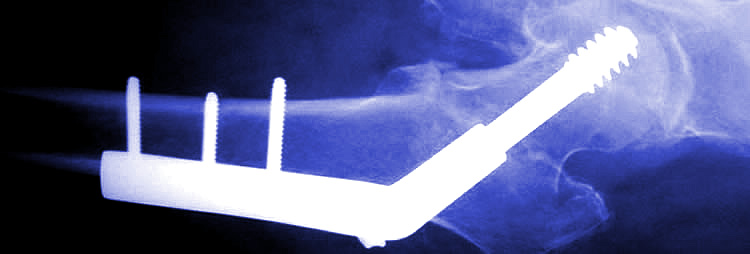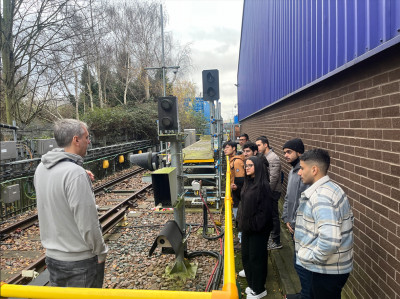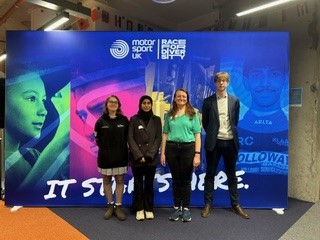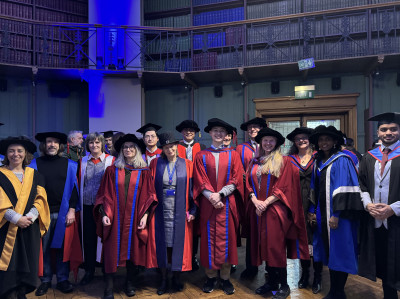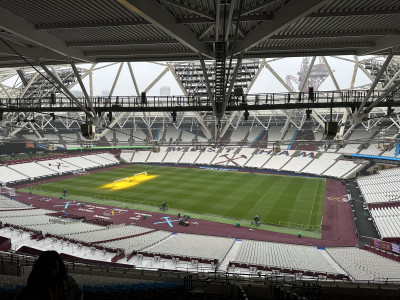Welcome to the School of Engineering and Materials Science
The School of Engineering and Materials Science was formed from Queen Mary's Department of Engineering and Department of Materials and provides outstanding degree programmes coupled with internationally leading research which is reflected in all our undergraduate programmes. Our taught postgraduate programmes are similarly first class and provide students with a fantastic opportunity to engage with cutting-edge research in: Bioengineering, Intelligent Transport, Sustainable Engineering and Engineering and Materials Education. The skills developed by our students and our extensive industrial connections provide graduates with excellent employability in stimulating and well-paid careers.
Events and Seminars
 Tue 7 Jan 2025 Tue 7 Jan 202512:00 - 13:00 | Centre for Bioengineering Meeting |
 Wed 19 Feb 2025 Wed 19 Feb 202515:00 - 16:00 | SEMS seminars: Prof Guillaume Charras, UCL |
 Wed 5 Mar 2025 Wed 5 Mar 202514:00 - 15:00 | SEMS Seminar Series: Prof Weisi Guo, Cranfield University |
 Wed 2 Apr 2025 Wed 2 Apr 202515:00 - 16:00 | Queen Mary Bioengineering Seminar Series - Dr. Alberto Elosegui-Artola, The Francis Crick Institute |
 Wed 16 Apr 2025 Wed 16 Apr 202515:00 - 16:00 | SEMS seminars: Google DeepMind Chair of Machine Learning and AI, Professor Marc Deisenroth, UCL |
Recent publications
- Yu H, Marks A, Tuladhar SM, Siemons N, Anderson I, Bidinger S, Keene ST, Quill TJ, Wu R, Gough O, Wu G, Eisner F, Salleo A, Rivnay J, Malliaras GG, Barnes PRF, McCulloch I and Nelson J (2024). The Influence of Alkyl Spacers and Molecular Weight on the Charge Transport and Storage Properties of Oxy-Bithiophene-Based Conjugated Polymers. Angew Chem Int Ed Engl
23-12-2024 - Liu X, Miao X, Zhao J, Lu J and Wang X (2024). Joint Optimization of Speed and Holding Time Control for Bus Rapid Transit: A Multiobjective Approach. American Society of Civil Engineers (Asce) Journal of Transportation Engineering Part a Systems vol. 151 (2)
14-12-2024 - Wang J, Han X, Wang W, Su L and Zhao M (2024). Photonic-enabled Simultaneous Self-interference Cancellation and Image Rejection Receiver with Dispersion Immunity Fiber Transmission. Institute of Electrical and Electronics Engineers (IEEE) Journal of Lightwave Technology vol. PP (99), 1-10.
13-12-2024


